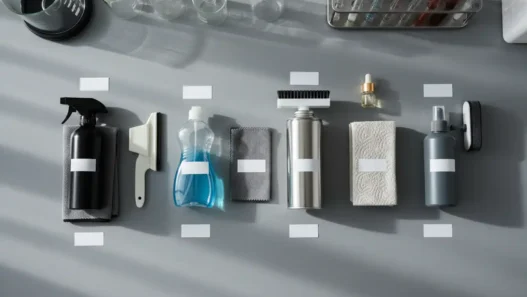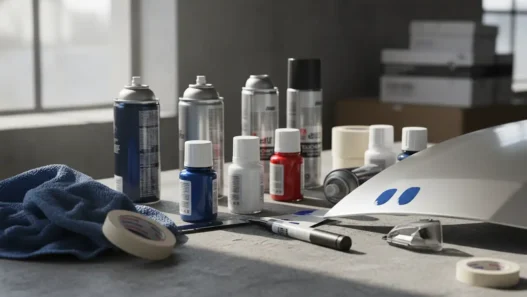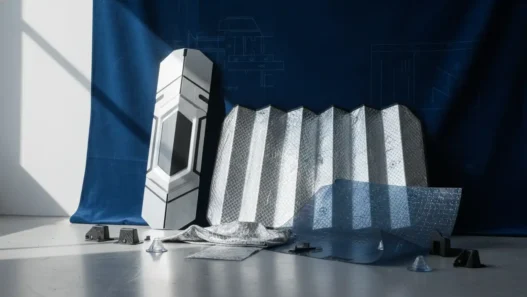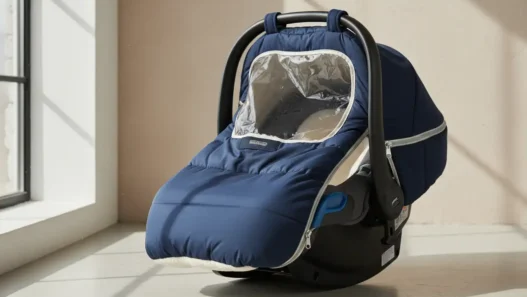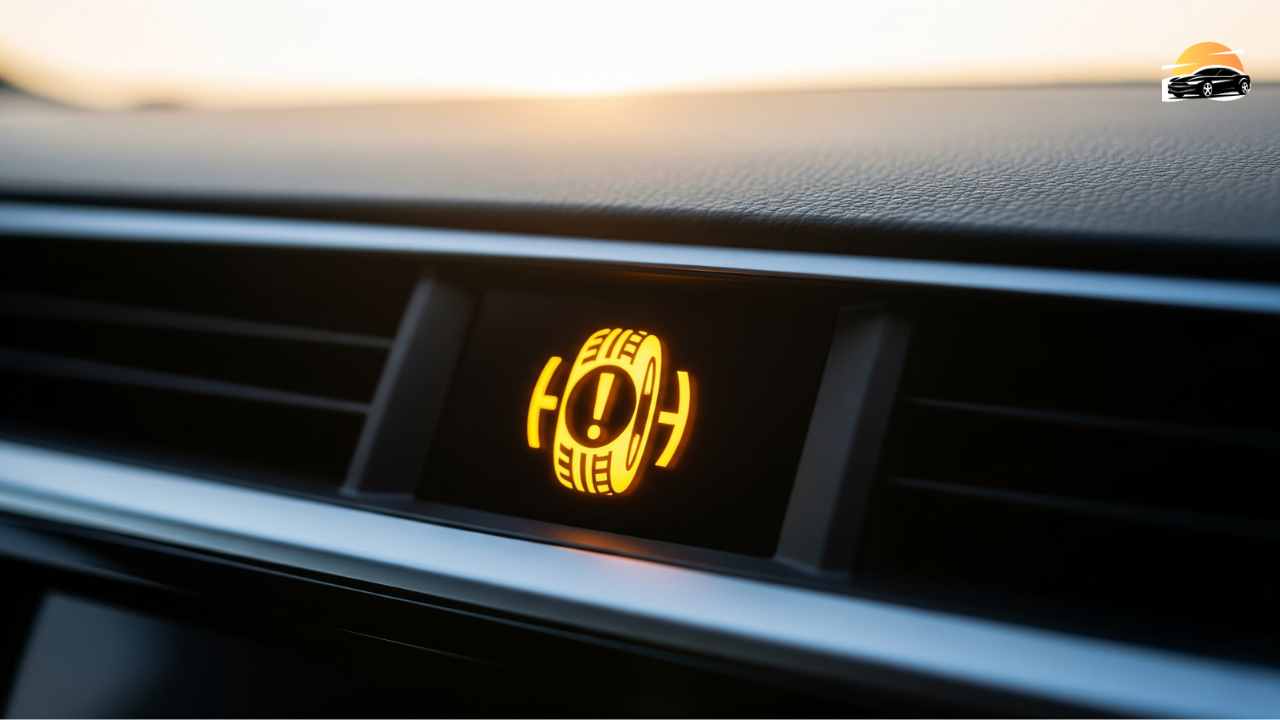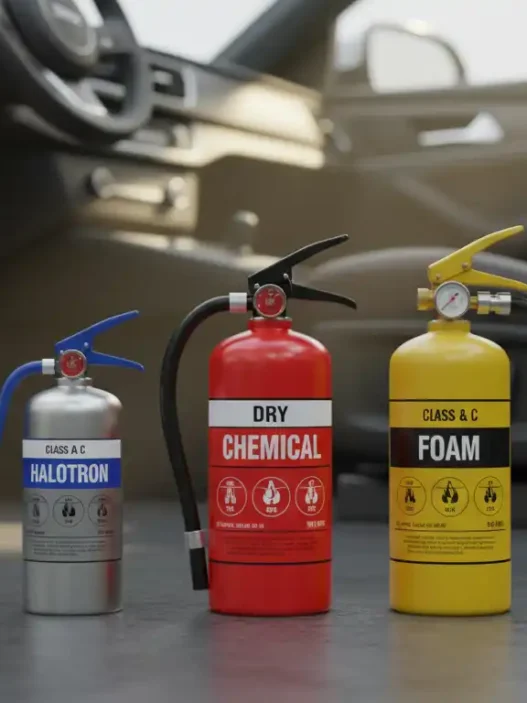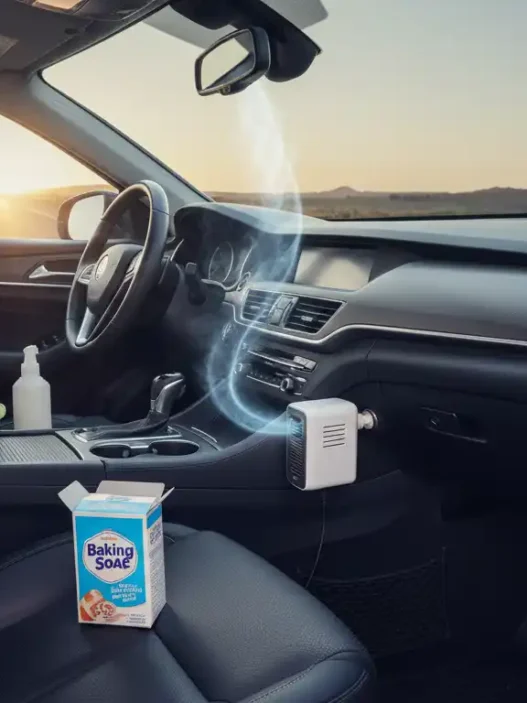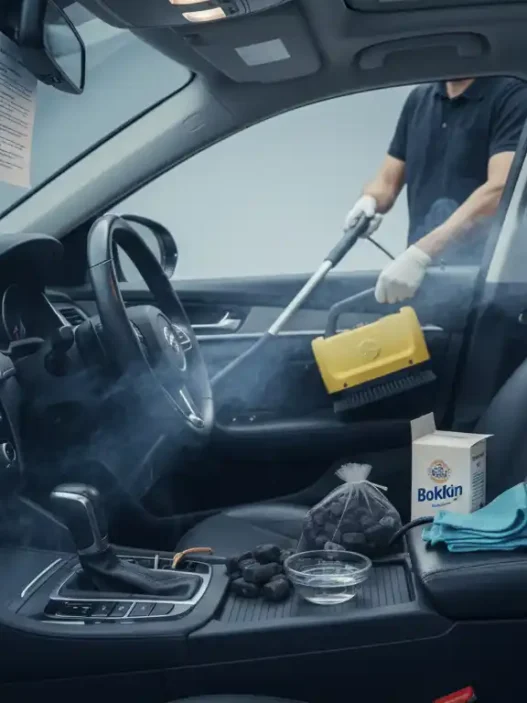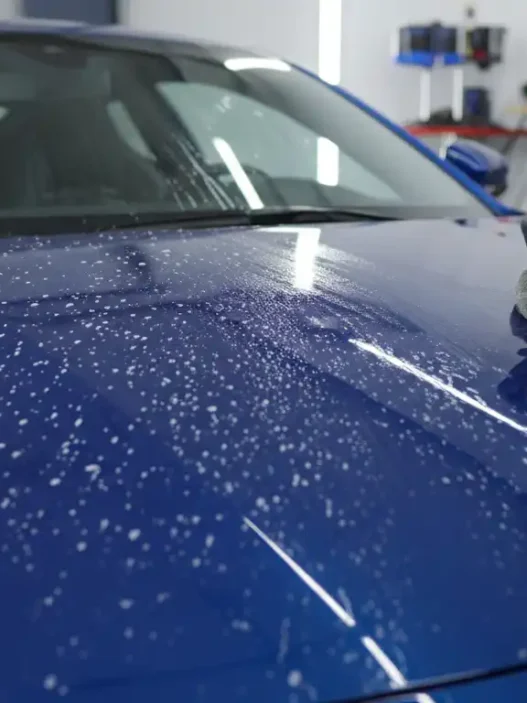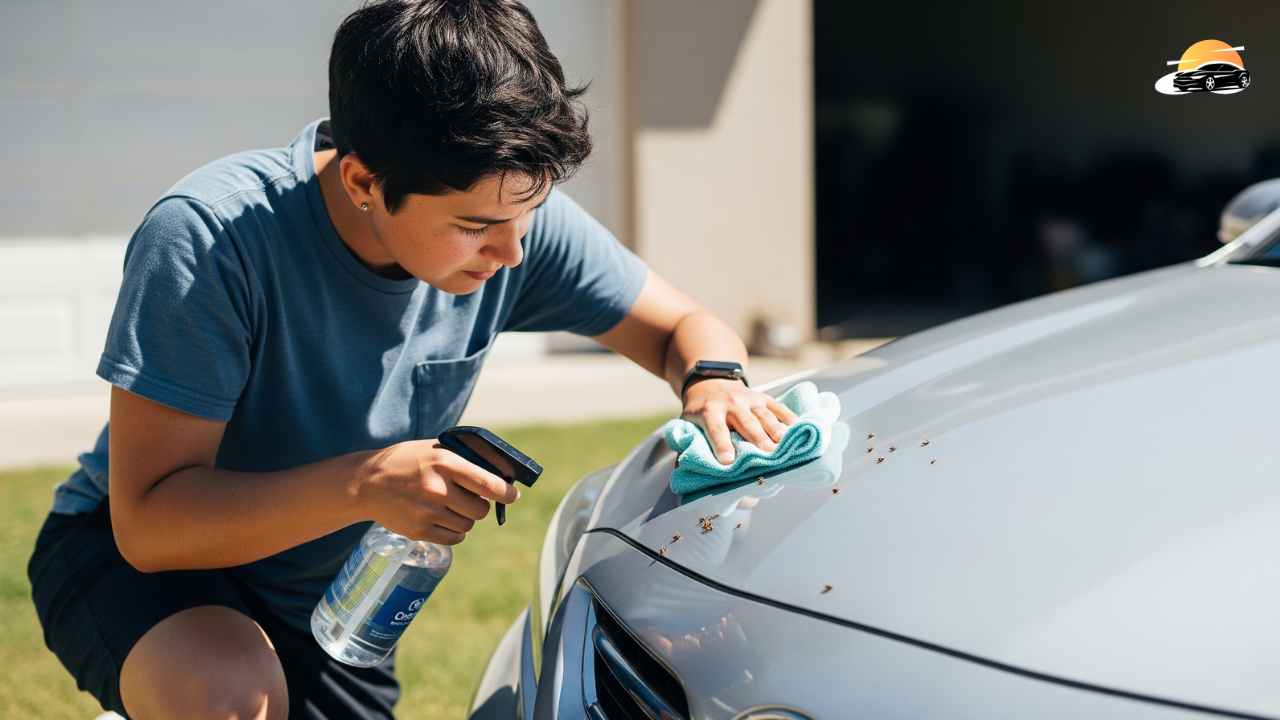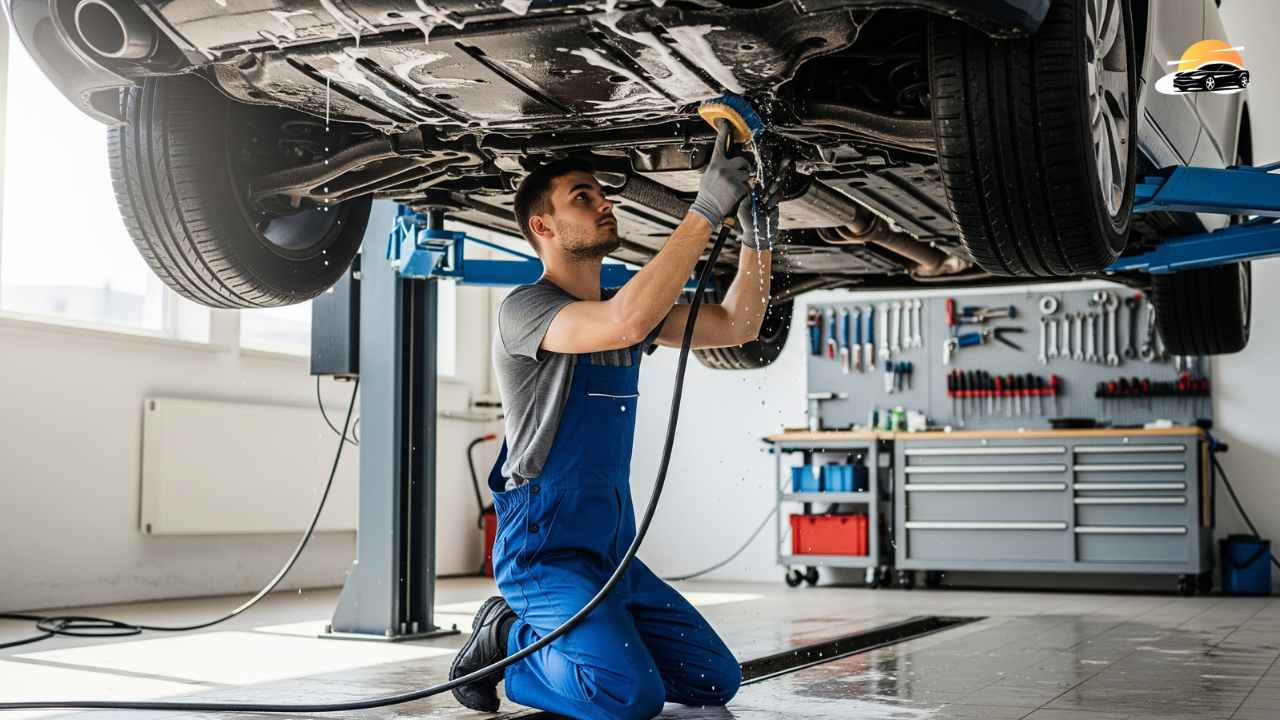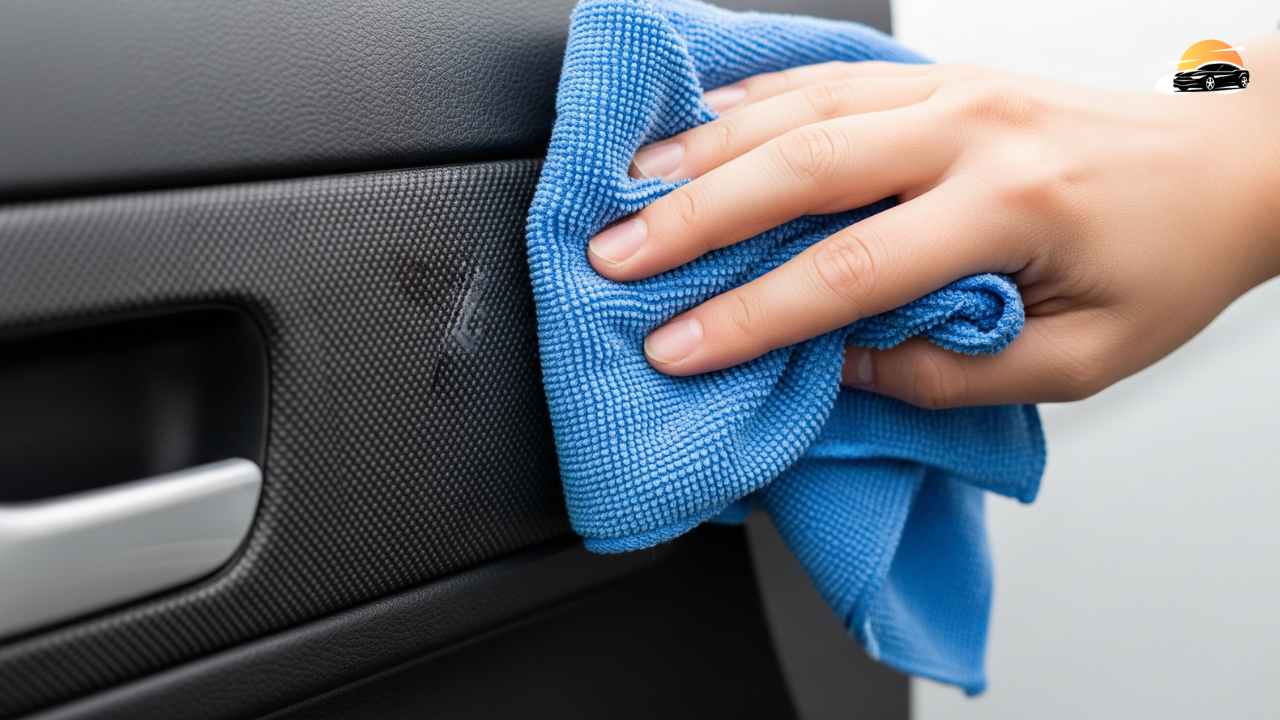Did you know that cannabis smoke contains over 100 different compounds that can bond to surfaces and persist for weeks, making it significantly harder to eliminate than regular cigarette smoke?
In 2024, U.S. cannabis sales hit $28 billion (Statista) and continue to grow. But the downside quickly shows up in one overlooked place: the interior of consumer vehicles. Dealerships say they’ve seen a 20% uptick in odor-related complaints, particularly from lease returns where smoke residues mean automatic penalties for drivers.
Here’s the real rub: removing marijuana odor isn’t just about preference. It’s an expensive deduction in resale value, a potential red flag for rideshare drivers, and, according to service centers, “the new gold rush in detailing.” What seems like a niche consumer habit is shaping dealership economics, aftermarket products, and even legal liability for companies.
The question now is: who benefits from this trend—the consumer looking to save resale value, or the companies packaging “odor elimination” as a premium upsell?
The Data
Industry data shows car interiors are becoming a frontline in the cannabis economy.
According to a report from Edmunds (2024), nearly 32% of leased cars returned in states with legalized cannabis received resale downgrades specifically tied to odor, staining, or residue.
A survey by Carfax suggests lingering smoke smell reduces resale value by up to $1,500—a figure rivaling mileage adjustments in used car pricing.
Detailing giant Mister Car Wash reports that online searches for “weed odor removal packages” increased nearly 70% year-over-year.
“What we saw first was seat fabric damage and food stains,” says an executive at a Midwestern Nissan dealership. “Now the number-one thing reducing lease credits is smoke. It’s that simple.”
Service managers quietly admit something else: odor removal services are low-cost for the dealership and high-margin in billing. What’s $95 in materials at wholesale is often sold to consumers for $400 as a “deep ozone cleanse.”
The collision of consumer lifestyle, legalized cannabis, and dealership economics has created an unusual micro-market. The product lines range from activated charcoal cabin filters to $600 ozone treatments to cheap DIY TikTok-guided tricks with vinegar bowls and coffee grounds.
And here’s the surprise: industry insiders disagree on whether any single service fully works—meaning customer trust is wobbly.
The Trending Questions Everyone’s Asking
What makes weed smell so persistent in cars?
Ever wonder why that skunky smell seems to live forever in upholstery and vents? Unlike regular odors, cannabis releases terpenes and organic compounds that bond at a molecular level with fabrics, plastics, and air systems. It’s like invisible glue that standard air fresheners can’t touch.
Can you really eliminate it completely, or just mask it?
This is the million-dollar question for professionals. The truth? Surface-level solutions like Febreze or tree air fresheners are band-aids on a bullet wound. Real elimination requires breaking down the odor molecules themselves.
What Do Professional Detailers Charge For This Service?
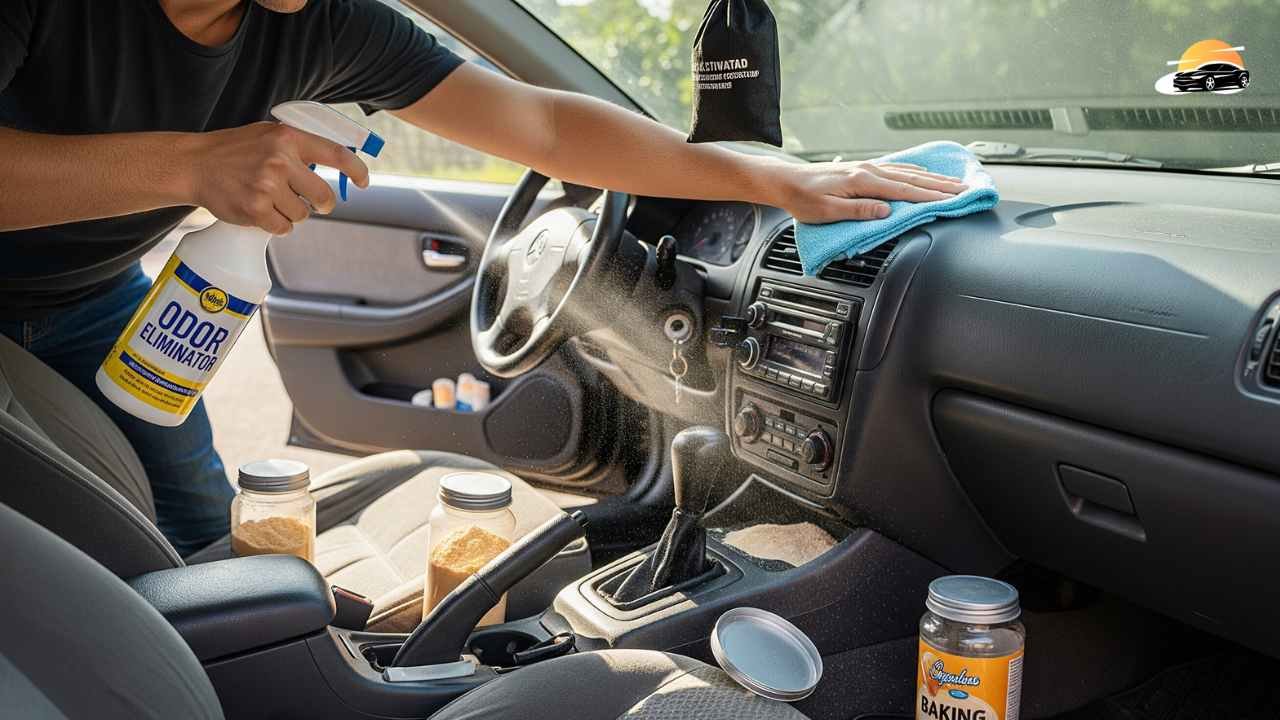
Industry data shows that professional cannabis odor removal ranges from $150-$400, depending on severity and vehicle size. But with the right approach, you can achieve similar results for under $50.
Why Cannabis Odor Is Different
Cannabis smoke doesn’t just smell, it infiltrates. When marijuana burns, it releases over 100 different compounds, including sticky resins and volatile organic compounds (VOCs) that cling to every surface. These particles are microscopic but mighty, embedding themselves in:
Fabric upholstery and carpet fibers.
Air conditioning and heating systems.
Hard surfaces like dashboards and windows.
Even the vehicle’s cabin air filter.
Think of it like this: if regular cigarette smoke is like spilled water, cannabis smoke is like spilled honey, thick, sticky, and stubborn.
The Professional’s 4-Step System
Step 1: Immediate Damage Control
Ventilate aggressively: Open all windows and drive for 15-20 minutes with fresh air mode (not recirculation).
Remove all evidence: Dispose of any remaining cannabis, ash, or paraphernalia immediately.
Target source areas: Clean ashtrays, cup holders, and storage compartments with rubbing alcohol.
Step 2: Deep Clean All Surfaces
Hard Surfaces (Dashboard, Door Panels, Glass)
Mix a 1:1 white vinegar and water solution.
Use Dawn dish soap for windows to cut through tar and resin.
Follow with automotive glass cleaner (no ammonia for tinted windows).
Soft Surfaces (Seats, Carpets, Headliner)
Sprinkle baking soda liberally, let sit overnight, then vacuum.
Apply enzyme cleaners like Nature’s Miracle to break down organic compounds.
Steam clean upholstery with tools like the Bissell Little Green.
Step 3: Attack the HVAC System
This is where amateurs fail and professionals succeed. The air system is like the vehicle’s lungs; if it’s contaminated, every breath recycles the problem.
Replace cabin air filter: Install a new activated charcoal filter
HVAC bomb treatment: Use products like BG Frigi Fresh sprayed into intake vents while running the AC on high.
Recirculation cycle: Run AC on high with recirculate mode for 20+ minutes to cycle treated air.
Step 4: Molecular-Level Deodorization
Here’s where the magic happens. Professional detailers use two primary methods:
Chlorine Dioxide (ClO2) Bombs
Cost: $20-40 for complete treatment.
Method: Drop the tablet in the water jar, evacuate the vehicle, and close the doors.
Treatment time: 2-8 hours, depending on severity.
How it works: Releases gas that bonds with odor molecules and neutralizes them.
Ozone Generators
Cost: $50-100 for reusable equipment.
Method: Place a shoebox-sized unit in the car, plug it in, evacuate, and seal.
Treatment time: 1-8 hours (overnight is ideal).
How it works: Converts oxygen (O2) to ozone (O3), which oxidizes odor molecules.
Real-World Case Studies
Case Study 1: The Turo Disaster
A professional detailer shared this story: A Turo host had a renter “hotbox” their vehicle, leaving ash, weed pieces, and an overwhelming odor. After 6 days of basic cleaning (vacuuming, wiping, and air fresheners), the smell persisted.
The solution: 5-minute ozone treatment followed by activated charcoal bags. The key insight? “Ozone opens pores in plastic and glue, so follow up with charcoal to trap what gets released.”
Case Study 2: The Dealership Challenge
A used car lot acquired a vehicle with a heavy cannabis odor. Traditional detail methods failed. They used a two-pronged approach:
Complete interior steam cleaning with enzyme treatments.
4-hour ClO2 bomb treatment.
New cabin filter with activated charcoal.
Result: Vehicle sold within the week with no odor complaints.
Case Study 3: The Personal Vehicle Recovery
The owner had been smoking in the car for months. Professional approach:
Day 1: Deep clean all surfaces, steam upholstery.
Day 2: Ozone treatment overnight.
Day 3: Activated charcoal bags placement.
Day 4: Final inspection and fresh cabin filter.
Total cost: $47 in materials vs. $300 professional quote.
Perfect Analysis Table: Methods Compared
| Method | Cost | Time Required | Effectiveness | Difficulty | Professional Rating |
|---|---|---|---|---|---|
| Air Fresheners Only | $5-15 | 5 minutes | 10% – Masks only | Easy | Not Recommended |
| Baking Soda Treatment | $5-10 | 8-24 hours | 30% – Surface level | Easy | Starter Step Only |
| Vinegar Deep Clean | $10-20 | 2-4 hours | 50% – Removes surface residue | Moderate | Good Foundation |
| Enzyme Cleaners | $15-30 | 4-8 hours | 65% – Breaks down organics | Moderate | Professional Standard |
| ClO2 Odor Bombs | $20-40 | 2-8 hours | 85% – Molecular neutralization | Easy | Highly Recommended |
| Ozone Generator | $50-100 | 1-8 hours | 90% – Complete oxidation | Moderate | Professional Grade |
| Steam + Ozone Combo | $75-125 | 8-24 hours | 95% – Complete elimination | Advanced | Gold Standard |
Step-by-Step Professional Protocol
Day 1: Foundation Work (2-3 hours)
Ventilation: 20-minute drive with all windows down.
Source removal: Clean all storage areas with alcohol.
Surface prep: Vacuum everything twice, seats, carpets, crevices.
Hard surface clean: Vinegar solution on all non-fabric surfaces.
Fabric treatment: Enzyme cleaner application, let dwell.
Day 2: Deep Treatment (4-8 hours)
Steam clean: Focus on seats, carpets, and the headliner.
Glass detail: Dawn soap followed by automotive glass cleaner.
HVAC prep: Replace cabin filter, run fresh air cycle.
Odor bomb setup: Place the ClO2 or ozone unit, seal the vehicle.
Treatment time: 4-8 hours, depending on severity.
Day 3: Absorption Phase (24 hours)
Air out: 30-minute ventilation after treatment.
Charcoal placement: Activated charcoal bags under seats.
Coffee grounds: Optional fresh grounds in cup holders overnight.
Monitor: Check odor levels, repeat if necessary.
Day 4: Final Steps
Final inspection: Smell test in a closed vehicle after 2 hours.
Touch-ups: Spot treat any remaining problem areas.
Protection: Apply fabric protector to prevent future absorption.
The People
If data sets the table, the key players are explaining the appetite.
An odor engineer at 3M Automotive Care told Forbes under condition of anonymity:
“The truth is, cannabis odor molecules bind differently than tobacco. They’re stickier on plastics and ventilation systems. You can mask them, but complete removal is nearly impossible without chemical treatments beyond what consumers consider safe.”
Independent detailers echo that.
Maria Gutierrez, owner of a Phoenix-based specialty detailing shop, said:
“The people calling me aren’t stoners—they’re parents selling cars, Uber drivers worried about ratings, young workers applying for jobs. Half of them don’t even smoke, but they bought the car from someone who did.”
Insiders describe the new hierarchy of solutions:
DIY fixes – Baking soda, air fresheners, fabric sprays. Average effectiveness: low, but cheap.
Detailing shops – Steam cleaning, shampooing interiors, and cabin filter replacements. Effectiveness: medium to high.
Pro-level dealership solutions – Ozone shock treatments, ionizers, enzyme foggers. Effectiveness: high, but price tags raise eyebrows.
And one overlooked voice? Insurance companies. According to several underwriters we spoke to off-the-record, marijuana smell has already been factored—quietly—into ride-share coverage assessments. Put bluntly, a lingering odor could mean increased liability premiums for commercial drivers.
The Fallout
Economically, the cannabis-car odor problem creates ripple effects. For automakers, it’s not a minor nuisance—it’s escalating.
OEMs like Toyota and Honda are quietly increasing allocations to R&D for more washable, odor-resistant fabrics, sources familiar with supplier negotiations said.
Used car auction houses in Colorado and California now include “odor severity” as a digital checkbox when wholesalers place online bids.
Resale apps like Carvana reportedly use AI photo/lifestyle scans to cross-check VINs with “likely smoker households,” though the companies deflect questions about the practice.
In other words, smell is now part of algorithmic car valuations.
This shift has consumer consequences: an Uber driver who can’t remove cannabis odor risks lower customer ratings. A parent returning a leased SUV might quietly swallow a $2,000 “odor deduction.” A young buyer loses bargaining leverage when a pre-owned sedan carries even a faint whiff.
Here’s the thing—you don’t need to be a cannabis user for this market shift to affect you. And that’s what makes it an investor story.
Publicly traded car-wash and detailing companies are already hinting that odor-removal packages may become “annual revenue events,” pitched similarly to tire rotations or oil changes.
In Wall Street terms, cannabis didn’t just create a recreational industry—it created a secondary detailing economy priced at billions over the next decade.
But there’s pushback. Consumer advocate groups argue that service chains exploit stigma. “The science is shaky, but the upcharge is real,” said Jason Rawlins, a policy researcher at Consumer Reports.
The Step-By-Step Guides: Myth vs Reality
For consumers, the burning question isn’t about dealership margin—it’s “can I actually remove the smell myself?”
Here’s a breakdown (compiled from auto detailing manuals, industry interviews, and consumer forums):
Ventilate First
Roll down windows, blast fans. Airing out dissipates lighter odor compounds, though never fully resolves embedded residues.
Deep Clean Surfaces
Wipe plastic and vinyl with diluted vinegar or automotive interior cleaner. Smoke oils cling heavily to dashboards and cupholders.
Target Fabrics
Shampoo carpets and seat upholstery with enzyme cleaners. Some pros suggest baking soda overnight, then vacuuming.
Replace Cabin Air Filter
One of the top oversights. Residues linger in filters long after the smoke fades.
Use Absorbers, Not Just Deodorizers
Activated charcoal bags and zeolite absorbers collect odor molecules better than cheap sprays.
Pro-Level Remedy: Ozone Treatment
The nuclear option. Ozone penetrates air vents and plastics, neutralizing odor at the molecular level. Risks: Overuse can corrode materials if not professionally done.
Last Resort: Upholstery Replacement
More common in luxury leases. If the smell is stubborn, dealerships may replace the seat foam entirely.
The truth: no single DIY solution fully removes cannabis smell if it’s deeply embedded. The myth is that a quick freshener works. The reality is: odor removal is a layered, multi-step process.
The Financial Angle
Investors should be paying attention.
Public companies with exposure include:
AutoNation (NYSE: AN) – the largest U.S. auto retailer, whose service arms profit from such detailing.
Mister Car Wash (NYSE: MCW) – already marketing “interior rejuvenation” at premium tiers.
3M (NYSE: MMM) – supplier of odor-fighting filters and cleaners.
If cannabis sales continue climbing, odor-removal demand could mirror growth curves of protective coatings and rustproofing upsells from the 1980s-90s.
Bank of America analysts estimate the global vehicle detailing market will surpass $16 billion by 2030, with “odor correction” cited as a major growth segment. Insiders tell us at least two Canadian-based cleaning tech startups are now branding themselves as “post-legalization auto care firms.”
This smells like money—literally.
Cultural Divide
Not everyone buys in. In states where cannabis has been socially normalized, odor sensitivity falls. Surveys show younger buyers are more tolerant of weed smell in rideshares than 55+ passengers.
But tolerance doesn’t reduce financial penalties. Leasing contracts are still enforced. Auctions still downgrade. AI pricing still flags odor issues.
So the cultural normalization of cannabis may paradoxically sharpen the corporate monetization of its side effects.
The Skepticism
Here’s the skeptical point: odor removal technologies are old, not revolutionary. Ozone generators date back decades. Enzyme cleaners weren’t invented for cannabis—they were repurposed.
So when service providers pitch “next-gen odor-neutralization,” what they’re really selling is rebranding. What’s been a $99 solution in the detailing world suddenly costs $399 once reframed as “cannabis-level extraction.”
That raises consumer trust problems, and regulatory scrutiny may follow.
Closing Thought
The car-decor industry always thrives on add-ons—backup cameras, anti-rust sprays, and ceramic coatings. Now odor removal joins the club. The difference? Smell is subjective. What one driver considers unacceptable, another dismisses as normal.
But financial penalties aren’t subjective—they’re contractual. When a lease voids $1,500 in credit due to a weed smell, the driver pays, not the dealer.
So the next frontier is clear: smell has become currency.
The open question? Will automakers eventually design interiors immune to cannabis odor—or will they let dealerships keep cashing in?


